
Our Packages
Don’t just dream about your next adventure—make it happen! Explore our packages and book now to start creating memories that will last a lifetime.

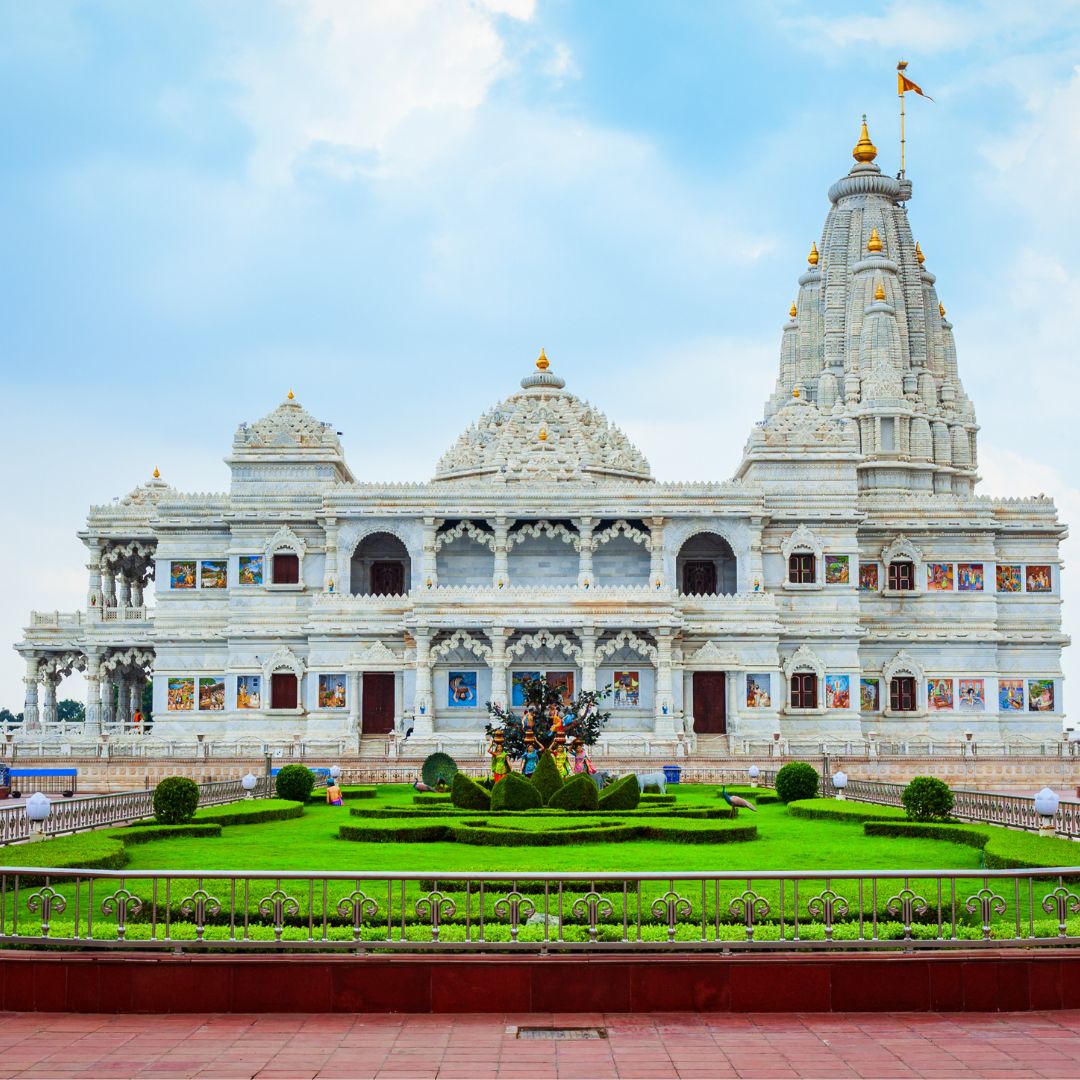
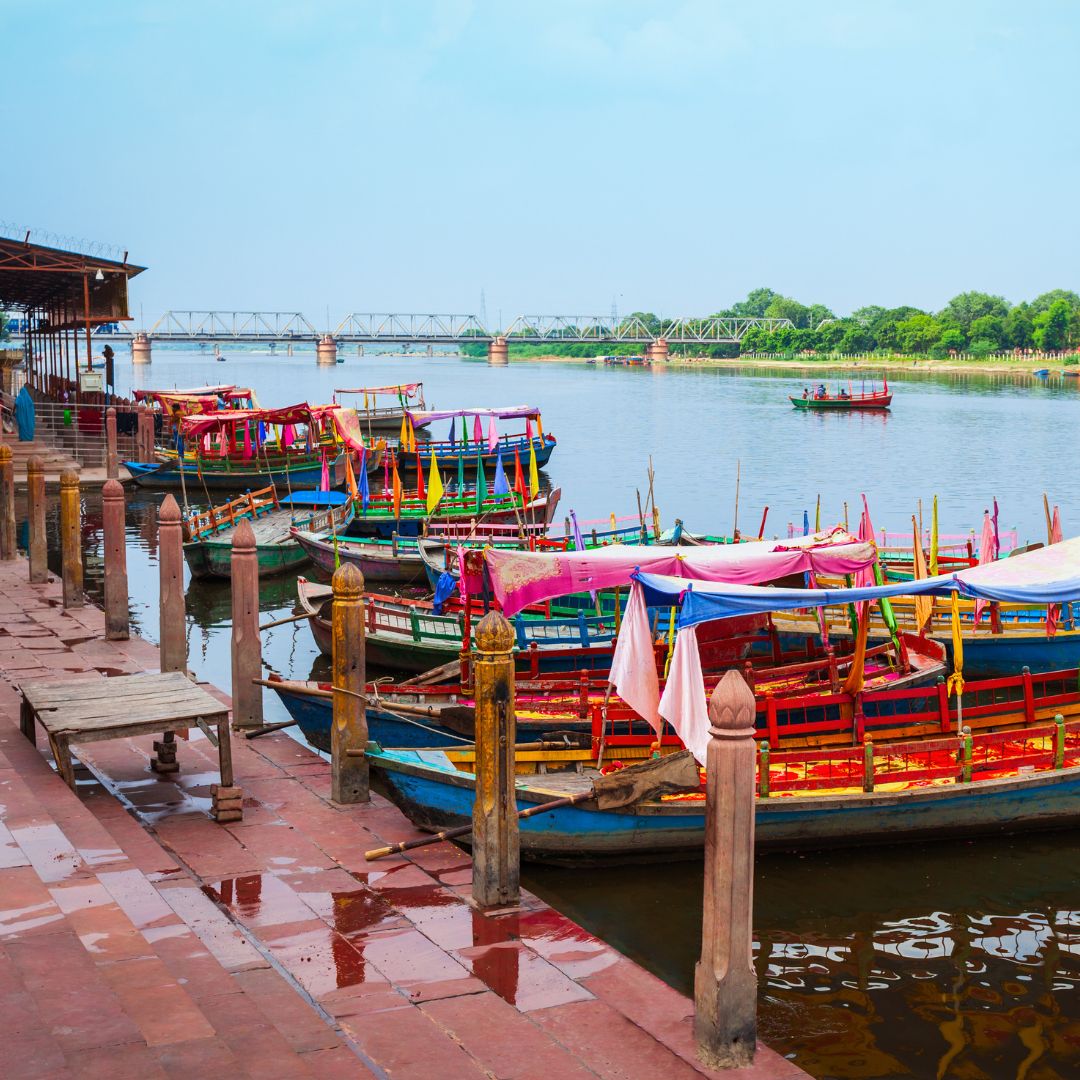
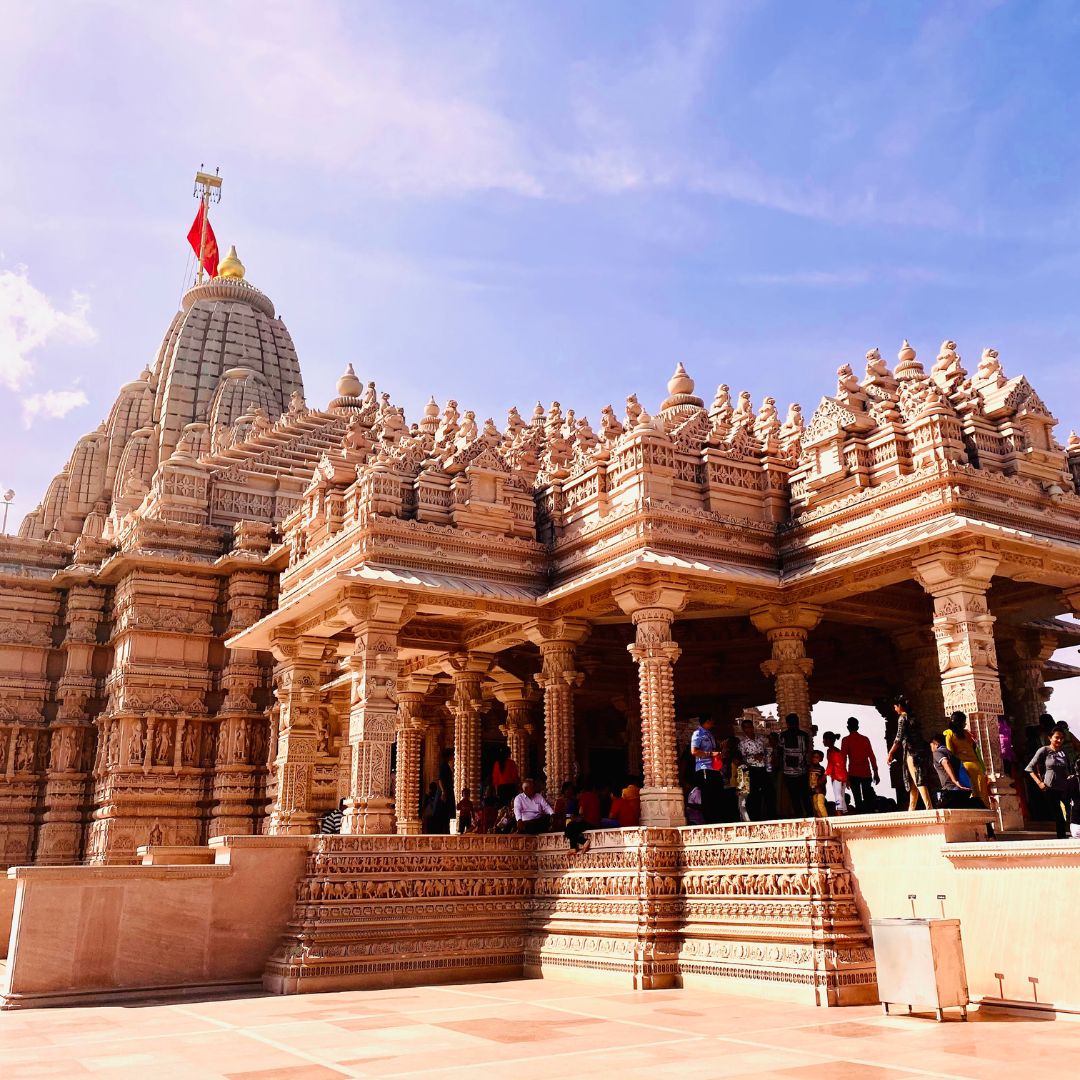
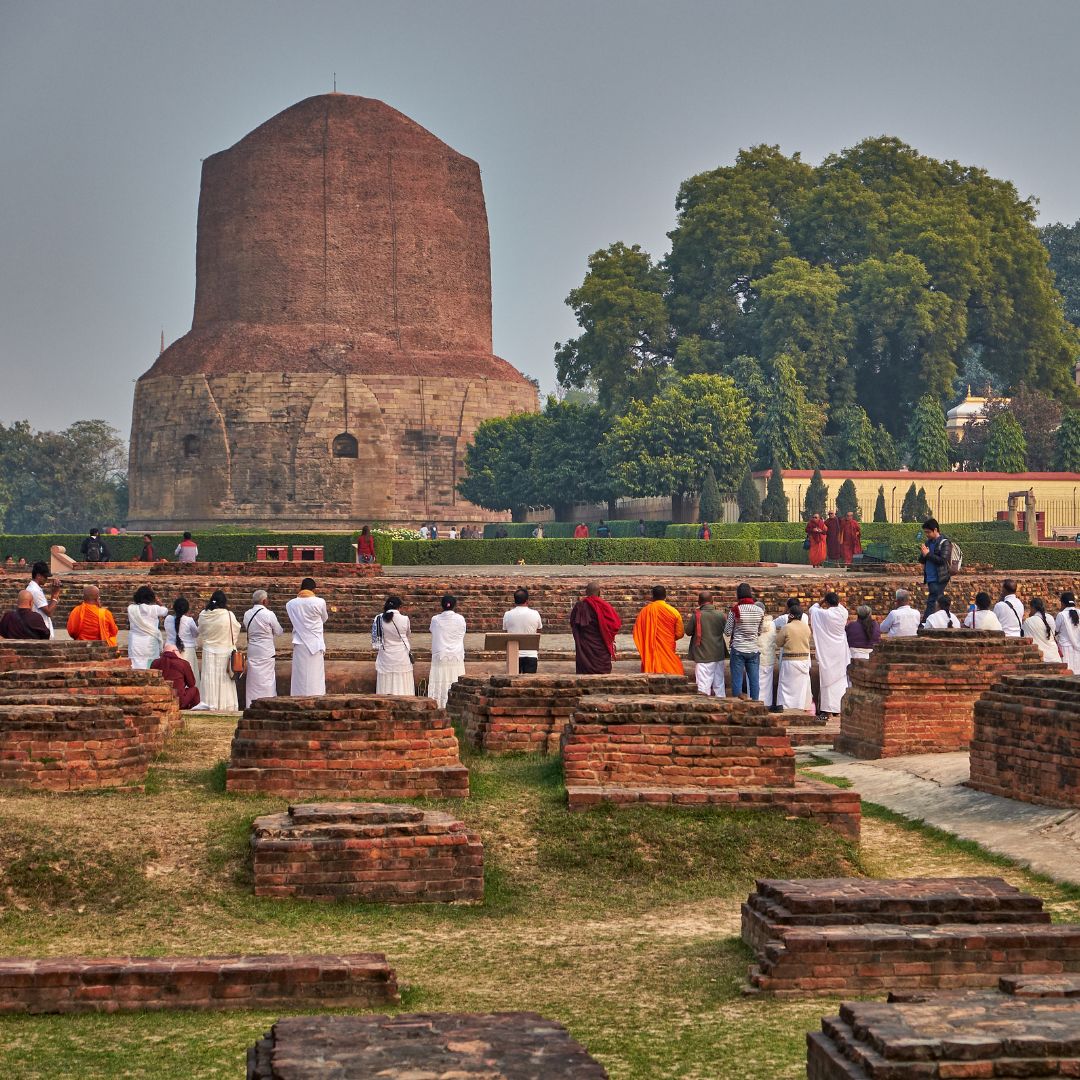
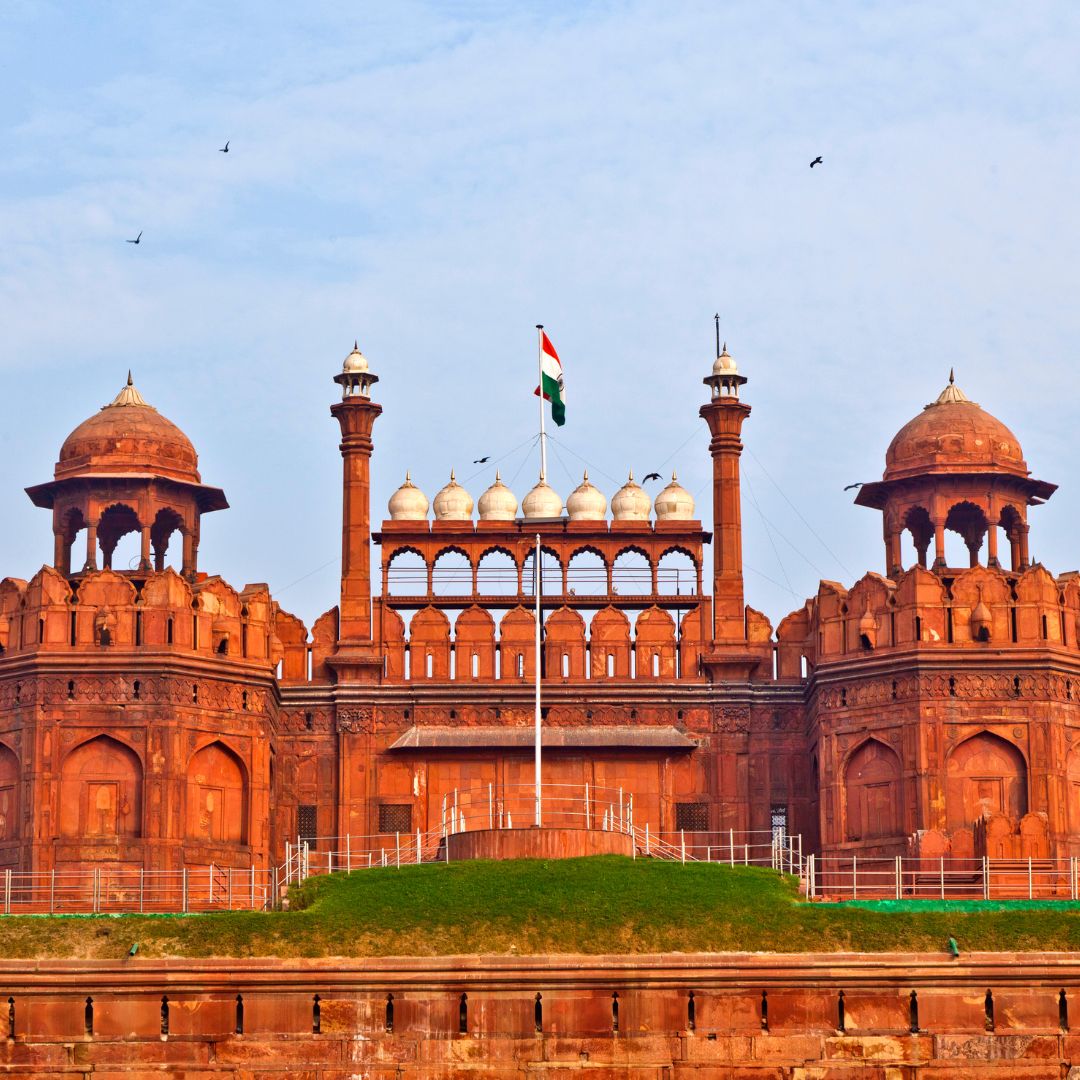
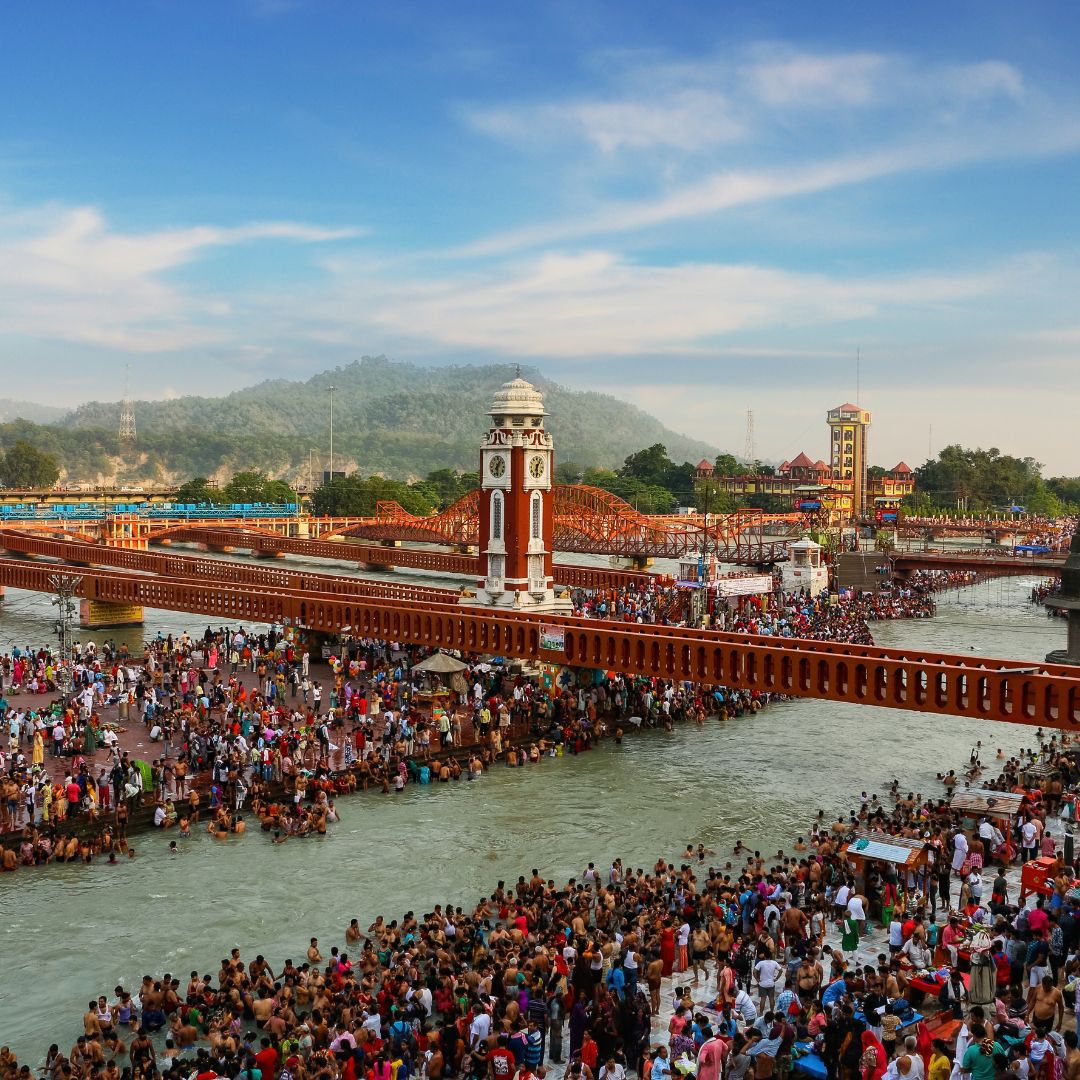

Prayagraj
Lete Hanuman Ji Temple
The Lete Hanuman Ji Temple, with its unique and distinctive idol of Lord Hanuman in a sleeping position, is a significant religious site in India.
Here are some key details about the temple:
The idol of Lord Hanuman: The main attraction of the Lete Hanuman Ji Temple is the idol of Lord Hanuman in a reclining or sleeping posture. This is an uncommon representation of Lord Hanuman, who is typically depicted in a standing or seated position. The idol is made of black granite and is traditionally smeared with Sindoor (vermilion), which gives it a red colour.
Religious Significance: Lord Hanuman is a highly revered deity in Hinduism, known for his unwavering devotion to Lord Rama. The Lete Hanuman Ji Temple holds religious significance as a place of worship and devotion to Lord Hanuman.
Crowded on Tuesdays: Tuesdays are considered especially auspicious for the worship of Lord Hanuman, and as a result, the temple tends to be exceptionally crowded on this day. Devotees visit the temple to seek the blessings and protection of Lord Hanuman.
Kumbh Mela: The temple also attracts a significant number of devotees during the Kumbh Mela, which is one of the largest and most important religious gatherings in India. Pilgrims and sadhus often visit the temple during this sacred event.
Sindoor Tradition: The practice of smearing Sindoor on the idol of Lord Hanuman is a significant and unique tradition associated with this temple. It is believed to enhance the divine aura and significance of the idol.
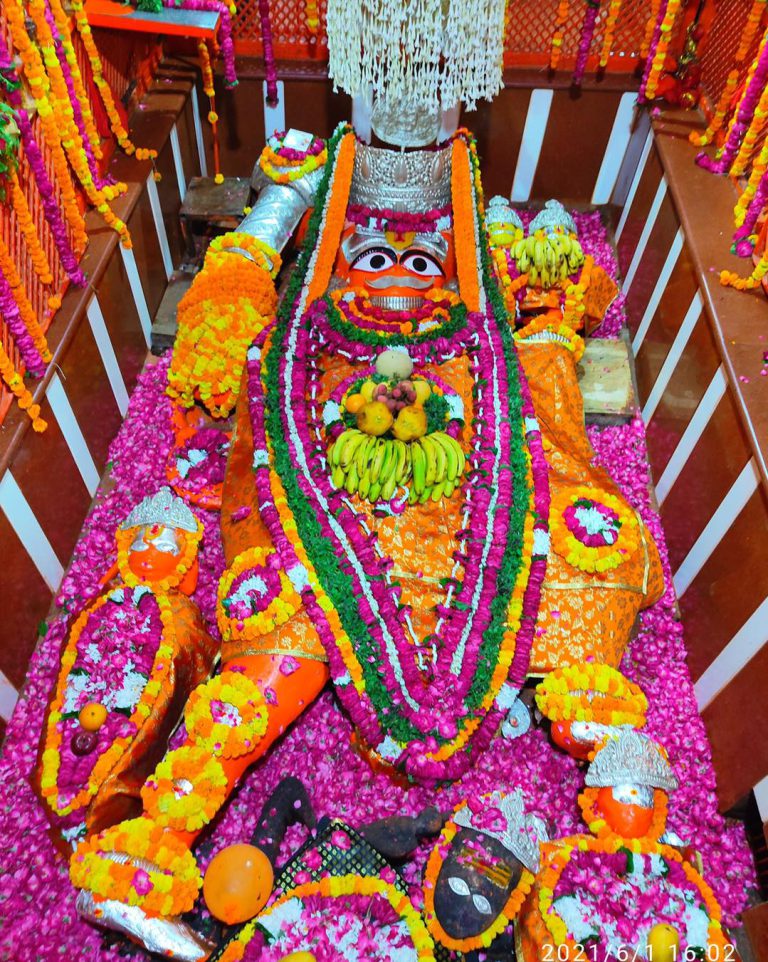
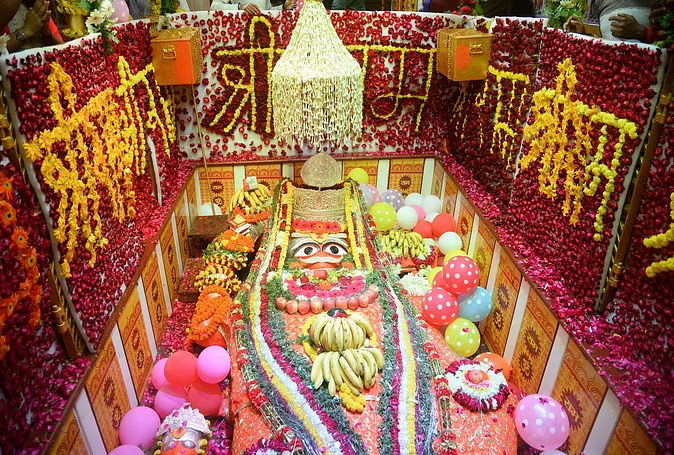

Nag Vasuki Temple
The Nag Vasuki Temple is a dedicated place of worship for Nag Raj, the serpent king, in Hindu mythology. The temple is known for its unique significance and the presence of idols of various deities.
Some key details about the Nag Vasuki Temple include:
Dedication to Nag Raj: The temple is primarily dedicated to Nag Raj, the serpent king, who holds a special place in Hindu religious beliefs. In Hinduism, serpents are often revered and worshipped, and this temple is a place where devotees pay homage to Nag Raj.
Multiple Deities: Alongside the main idol of Nag Raj, the temple also houses idols of other deities, including Lord Ganesh, Goddess Parvati, and Bhishma Pitamah. These deities represent a diverse range of figures from Hindu mythology.
Lord Shiva Temple: Within the temple premises, there is also a temple dedicated to Lord Shiva. Lord Shiva is one of the principal deities in Hinduism and is often associated with destruction and transformation.
Location: The Nag Vasuki Temple is located on the banks of the Ganga River, which is considered highly sacred in Hinduism. The temple’s scenic location by the river adds to its charm and spiritual ambience.
Religious Significance: The temple serves as a place of religious worship and devotion, particularly for those who have a special reverence for Nag Raj and other deities associated with the temple.
Aesthetic Beauty: The temple is admired for its architectural and aesthetic beauty. Its location by the Ganga River and the presence of various deities make it a visually appealing and spiritually uplifting destination.
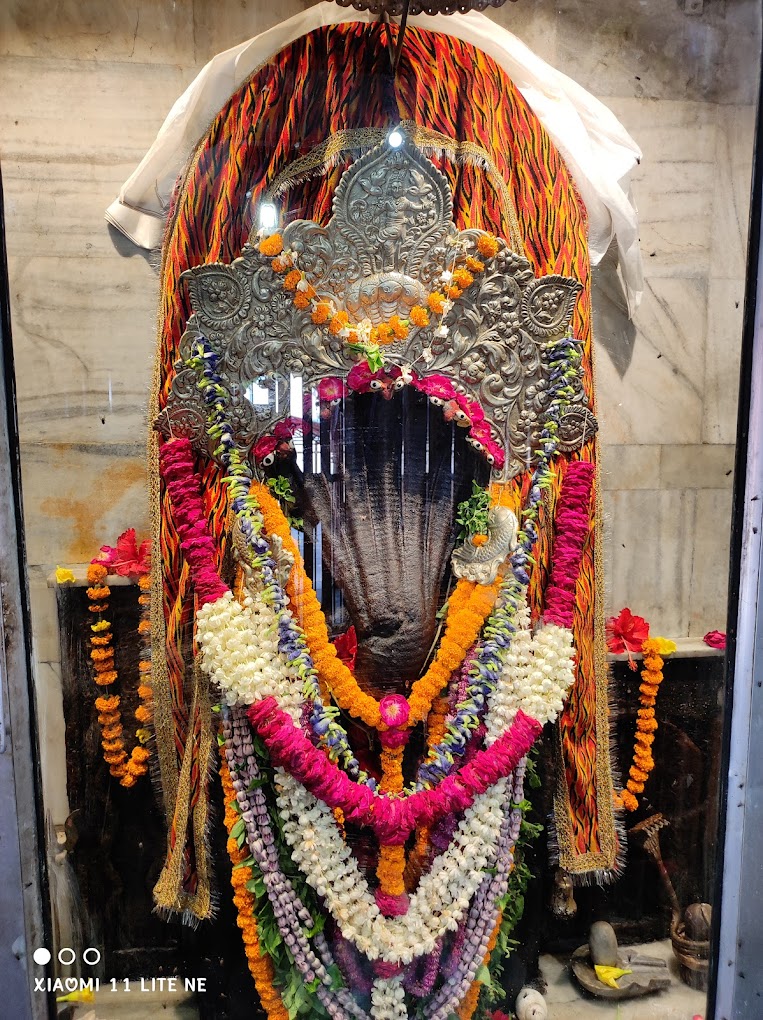

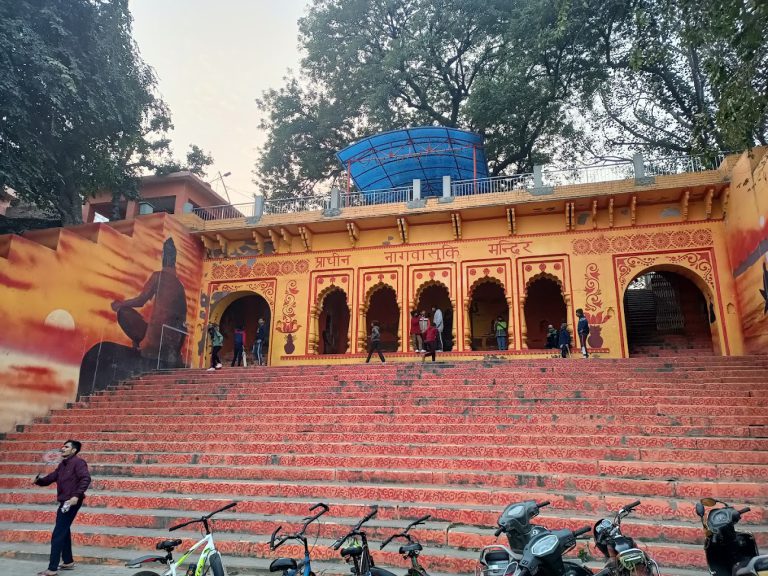
Bharadwaj Ashram
The Bharadwaj Ashram is a historically significant and culturally relevant site located in Prayagraj (formerly known as Allahabad), India. It was the ashram of the revered sage Rishi Bharadwaj, who is a well-known figure in Hindu mythology and scriptures.
Some notable details about Bharadwaj Ashram:
Sage Bharadwaj: Sage Bharadwaj, also known as Rishi Bharadwaj, was a prominent and highly respected sage during the Treta Yug, one of the four ages of yugas in Hindu cosmology. He is known for his wisdom, knowledge, and contributions to the field of education and spirituality.
Educational Centre: The Bharadwaj Ashram was renowned as an important education centre during its time. It was a place where students and disciples would come to receive knowledge and guidance from Sage Bharadwaj. The ashram played a vital role in the dissemination of education and spiritual teachings.
Geographical Area: The ashram was spread over a significant area, reflecting its importance and influence during that era.
Present-Day University of Allahabad: The land on which the Bharadwaj Ashram was situated is believed to be the same area where the present-day University of Allahabad (also known as the Allahabad University) stands. The university is a prominent educational institution in India.
Mention in Scriptures: The Bharadwaj Ashram is mentioned in ancient Hindu scriptures, including the Ramayana and Ramcharitmanas. These texts contain references to the ashram’s significance in the context of the epic Ramayana and the life of Lord Rama.
Tourist Attraction: The Bharadwaj Ashram is a common tourist attraction in Prayagraj. Visitors come to explore its historical and cultural significance, reflecting on the heritage and traditions associated with the ashram.
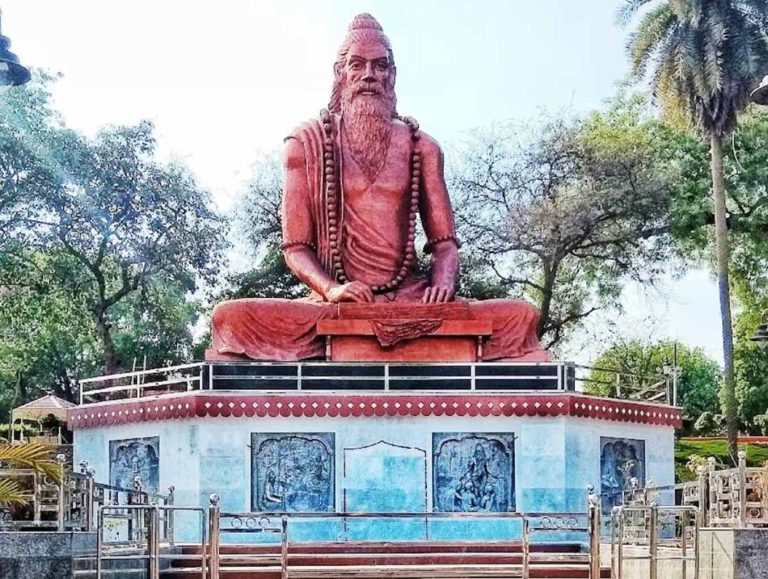
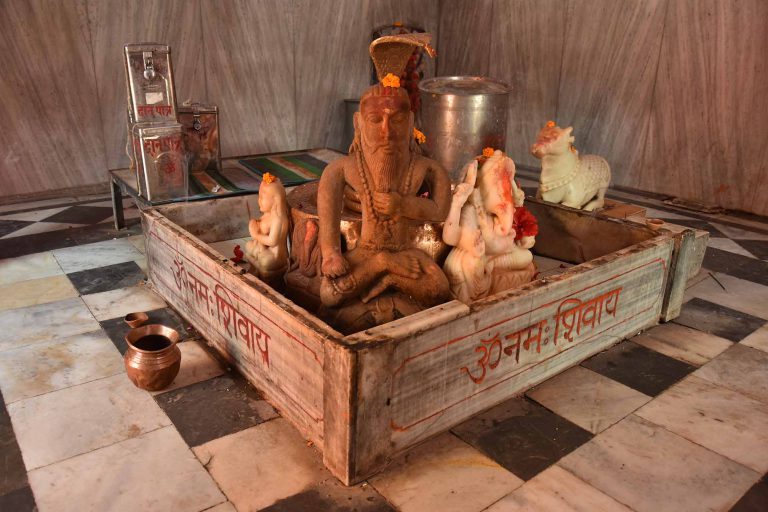
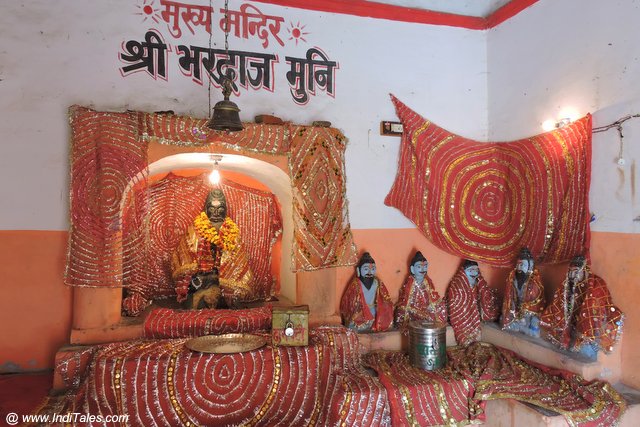
Akshayavat
Akshayavat is a sacred fig tree (Ficus religiosa) that holds significant religious importance in Hinduism. It is revered by Hindu devotees as a symbol of strength and devotion toward Lord Vishnu.
Religious Significance: Akshayavat is considered a highly sacred and significant tree in Hindu tradition. It is associated with the worship of Lord Vishnu, who is considered the preserver in the Hindu trinity of gods.
Located in Allahabad Fort: Akshayavat is currently located within the Allahabad Fort, which is situated in the city of Prayagraj (formerly known as Allahabad). The fort houses this ancient and revered tree.
Kumbh Mela: Akshayavat is a popular pilgrimage site, especially during the Kumbh Mela, one of the largest religious gatherings in the world. Devotees who visit the Kumbh Mela make it a point to visit and worship the Akshayavat tree as part of their religious rituals and practices.
Historical and Cultural Heritage: The tree is not only a religious symbol but also represents a valuable part of India’s historical and cultural heritage. Its presence within the fort adds to its significance.
Protection and Preservation: The Akshayavat tree, like other revered trees and natural landmarks in India, is typically protected and preserved to maintain its historical and religious importance.
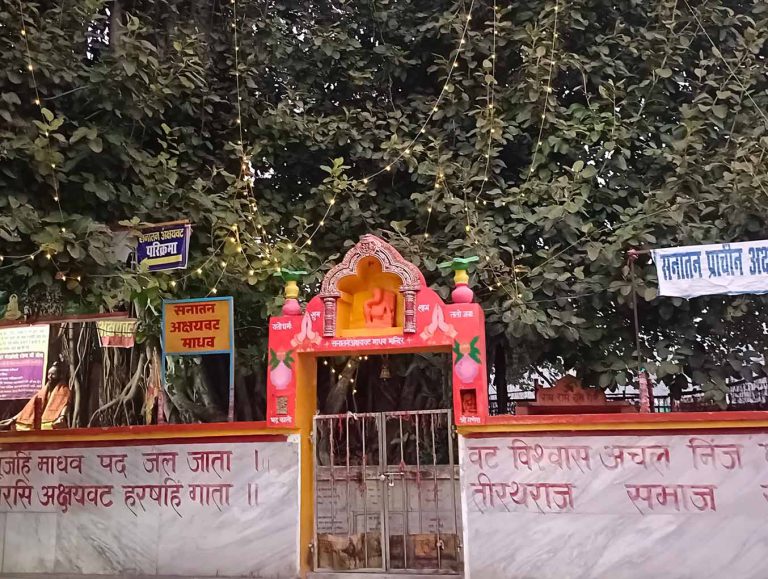
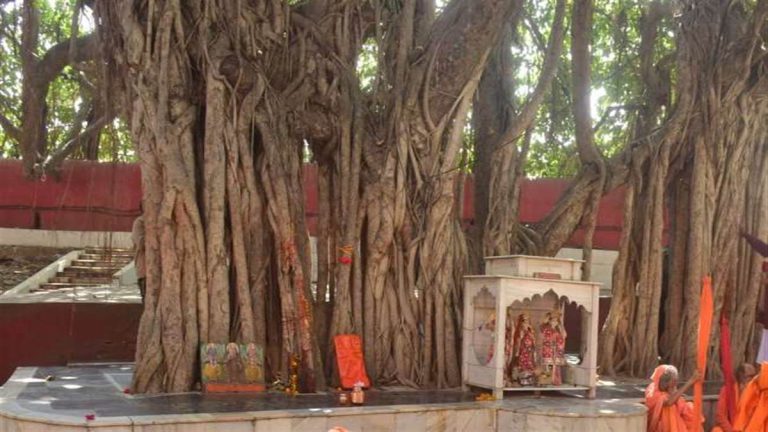
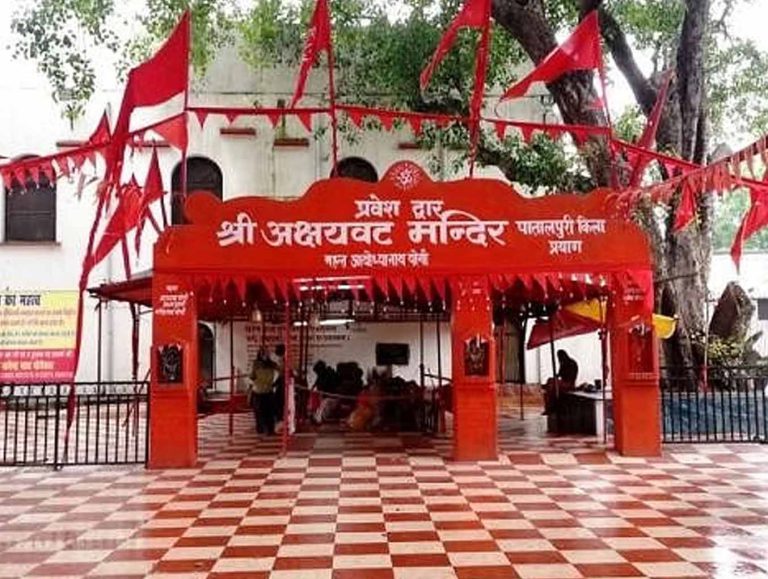
Sangam
Sangam is one of the most revered and sacred religious sites in Prayagraj. It holds immense significance in Hinduism, and the term “Sangam” refers to the point of confluence where the three holiest rivers in Hinduism—Ganga, Yamuna, and the mythical Saraswati—meet.
Confluence of Sacred Rivers: The Sangam is the place where the Ganga, Yamuna, and Saraswati rivers come together. It is believed to be one of the holiest confluences of rivers in India. The Saraswati River is considered mythical, as it is believed to flow underground at this point.
Spiritual Significance: According to Hindu beliefs, taking a holy dip at the Sangam is considered highly auspicious and purifying. It is believed that a bath in the waters of the Sangam can cleanse one of all sins and lead to spiritual purification. This act is thought to help individuals attain moksha or salvation.
Religious Gatherings: The Sangam is a major attraction for Hindu pilgrims and tourists alike. It is particularly crowded during significant religious events and festivals, with the Kumbh Mela being one of the most massive gatherings that occurs every 12 years.
Auspicious Bathing Days: Devotees visit the Sangam to take a holy bath on specific auspicious days, such as during eclipses or on particular religious occasions. Bathing at the Sangam is considered a deeply spiritual and transformative experience.
Boat Rides: The Sangam area offers boat rides for tourists and pilgrims to witness the confluence of the rivers and take in the serene and picturesque surroundings.
Religious Rituals and Offerings: In addition to bathing, pilgrims often perform various religious rituals, offer prayers, and make offerings at the Sangam as part of their spiritual journey.




